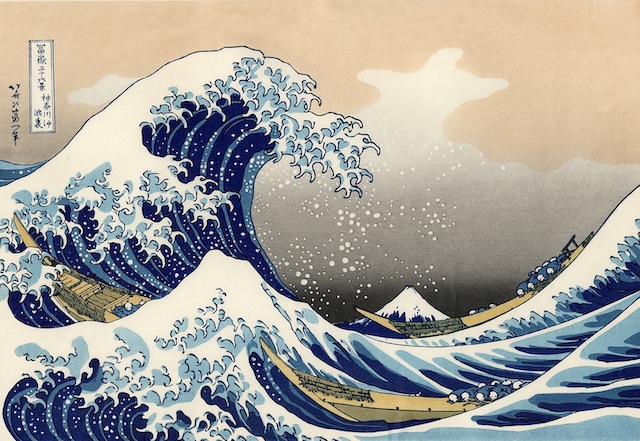The other day I was talking to my dog Toma on our daily early morning walk and said: “I don’t know how I’m going to get through this.” Then I heard another voice: “Neither do I. But you will.”

At age 77 I keep surprising myself with optimism and happiness flowing from a sense calm and contentment despite the moments of silence, doubt, fear, boredom and invisibility associated with growing older.
In fact, I have discovered that growing old is filled with big surprises. The move to Japan, despite the pandemic, is a great adventure and I have more energy and hope than I imagined possible.
In an effort to keep my brain from deteriorating, I have my blog. While I realize that not many read it or care what I think, I enjoy writing and expressing my feelings and opinions. It is an emotionally and intellectually healthy exercise even if a bit like releasing a balloon in space or putting a message in a bottle in the ocean!
Also ignoring the political chaos in America has been most beneficial for my physical and emotional well being.
Some months ago The Atlantic’s “Dear Therapist” columnist, Lori Gottlieb, wrote “Bingeing on up-to-the-minute news is like stress eating—it’s bloating our minds with unhealthy food that will make us feel sick.”
I have been following this advice; blood pressure and anxiety level in check; living a peaceful Zen oriented life.
The U.S. election results? ‘Que Sera, Sera.’





